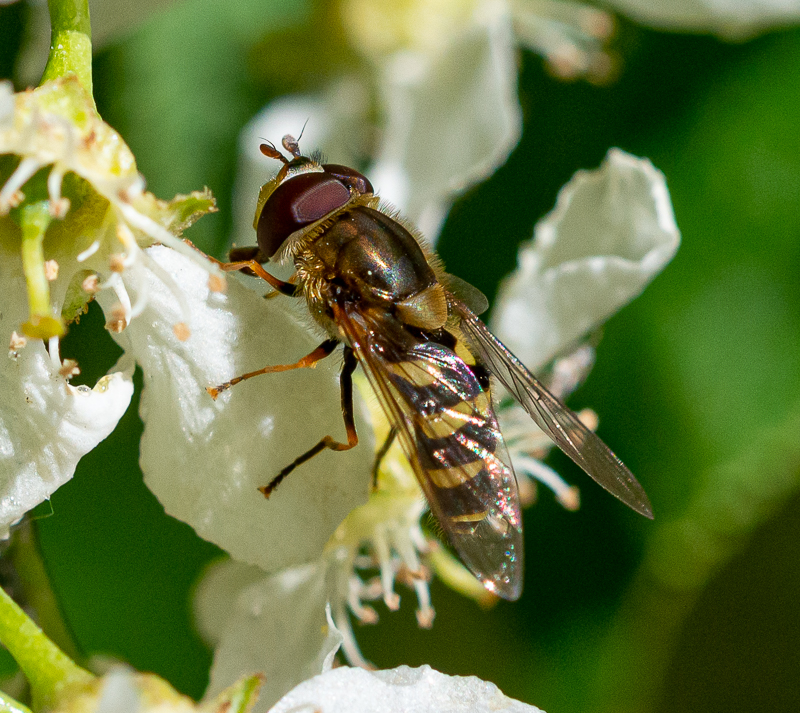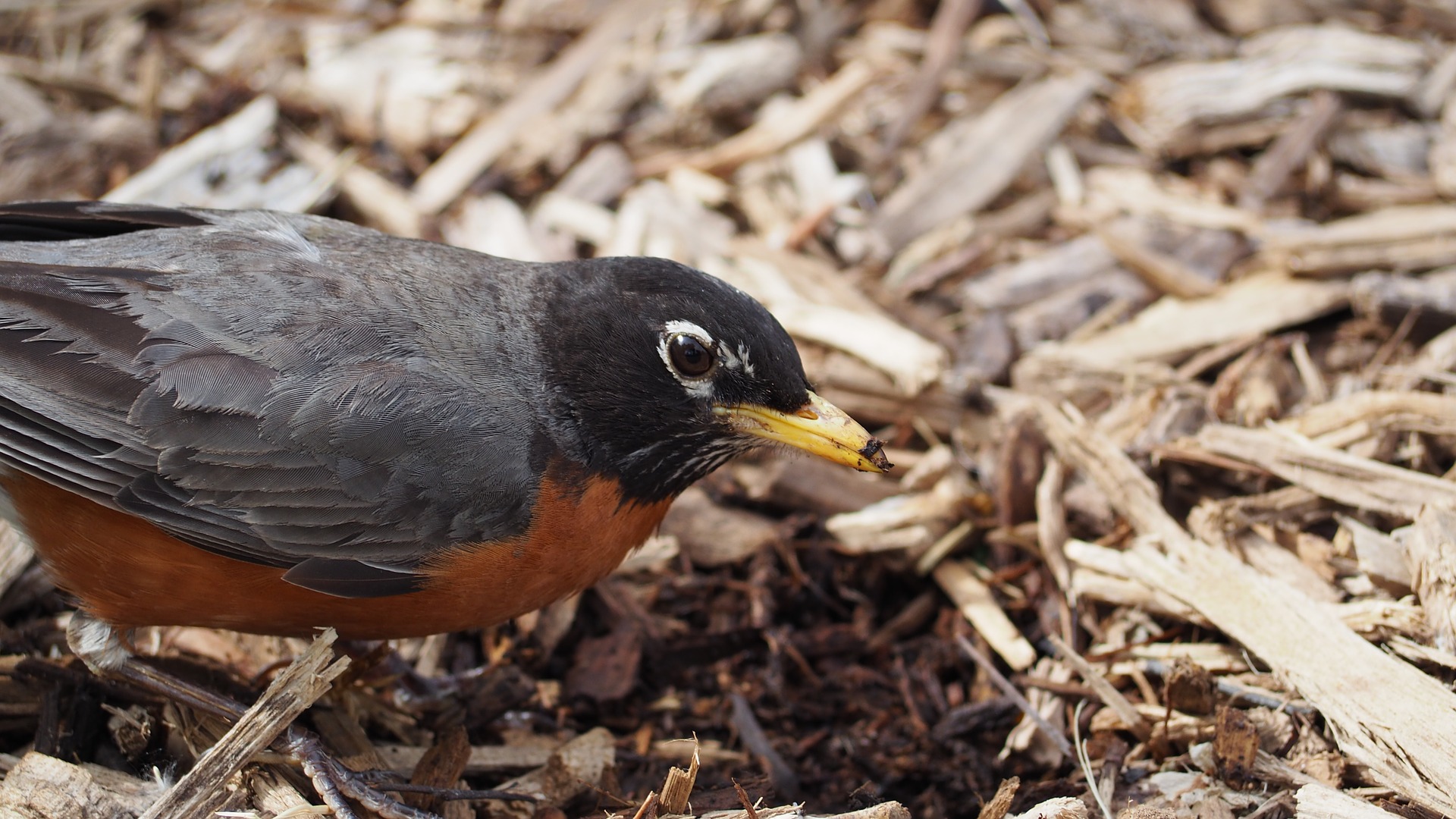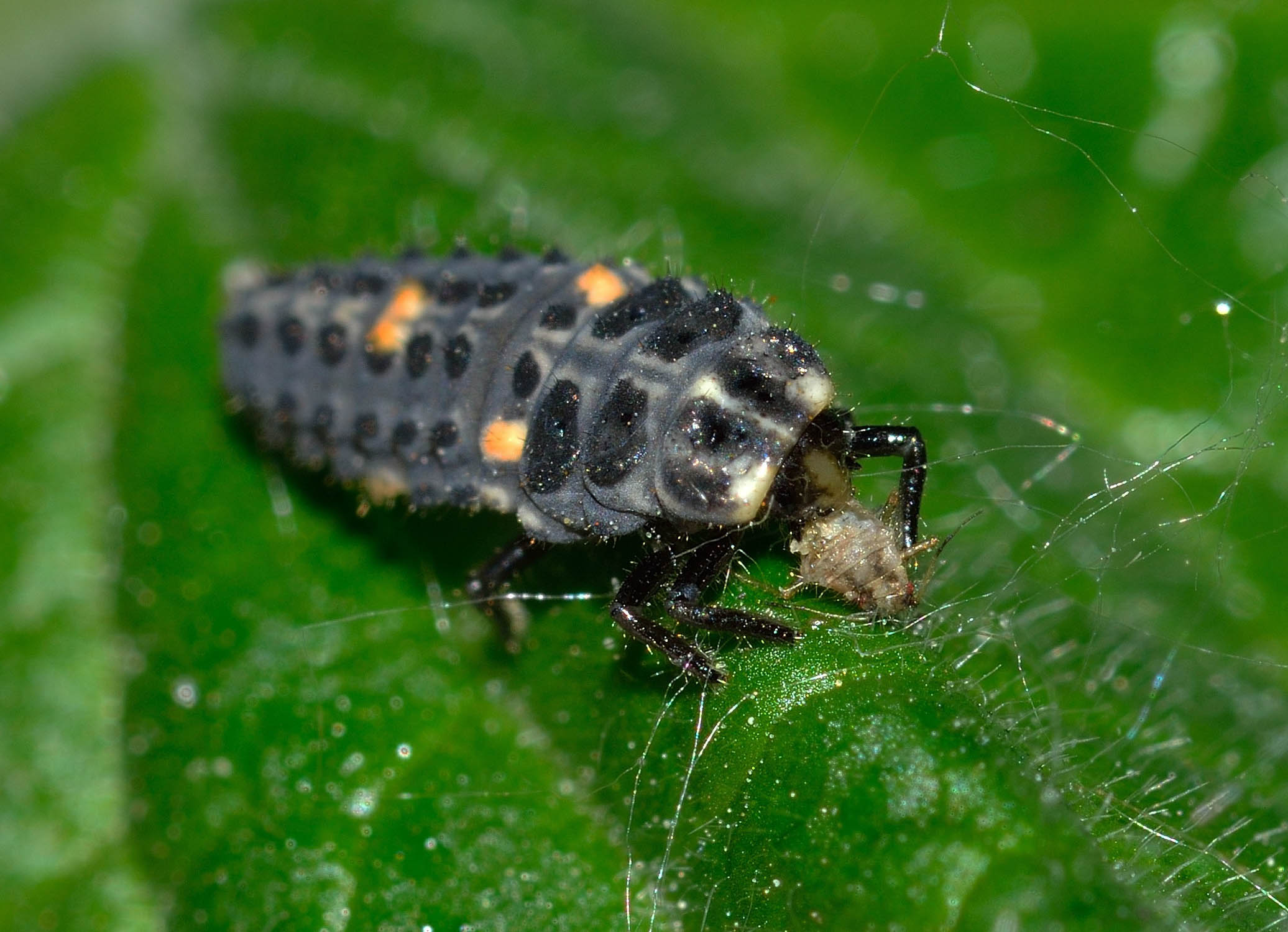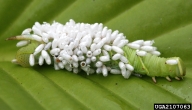Why we need insects
Insects can be friends or foes in the garden but we need them all for a healthy ecosystem. Courtesy Healthy Yards, City of Saskatoon and Cyril Capling Trust.
If you're a gardener and love to grow plants, you will encounter insects. The home garden, like any other ecosystem, contains many thousands different species of insects. The vast majority of these are benign or irrelevant and do not harm plants. These simply take up space in the ecosystem. Many other insects are beneficials and only a small percentage are pests.
Insects are part of gardening, but many of us have been conditioned to get rid of them. Why is it that when insects appear, we suddenly bristle and think “how do I get rid of them”? Should we be worried? What, if anything, should we do? And more importantly, how do we encourage diverse insect species in the garden?
It helps to understand the role of insects in the garden ecosystem and why biodiversity (biological diversity) matters. Ecosystems need a wide range of insects, animals, plants and microorganisms to be healthy and function properly.
The balance of beneficials, pests and benign insect populations is critical, especially considering that pest insects are the main source of food for beneficials. Interestingly, the life cycles of many beneficials (such as parasitoids) are closely synchronized with their prey (pest insects)!
Insecticides don't discriminate, so using them to get rid of pests also wipes out important beneficial or benign insects. Nature hates a vacuum, so once there is space in the ecosystem, it’s likely that pests, rather than beneficials, will move in. There’s a reason for this: beneficials tend to produce one generation of offspring, while pest insects are prolific and produce multiple generations in a year in much larger numbers.
It’s like comparing coyotes to rabbits. Coyotes are predators which produce one litter of a few pups per year, while rabbits are prey and produce many litters of kits which easily outnumber coyote pups. A proper balance of coyotes to rabbits, keeps rabbit populations in check. When there are too few coyotes in the ecosystem, rabbits take over and that’s a problem for your carrot patch!
This article was funded by the City of Saskatoon through our Healthy Yards partnership, the Cyril Capling Trust Fund of the College of Agriculture and Bioresources, and the Department of Plant Sciences. Thank you all for helping us grow!
Pollination

Recyclers of nutrients in healthy soil
Healthy soil is alive with insects and other microbial life which break down organic materials into nutrients for plants and sequesters carbon in the soil.
Beneath the soil, insects aid in decomposing organic materials, which in turn, recycles nutrients. Ants, pill bugs, millipedes and other insects burrow and aerate the soil. Beetles and other scavenger insects feed on decaying plants and animals, breaking down organic matter, making soil fertile and friable. Aided by earthworms, soil-dwelling insects dig tunnels that channel water deeply into the soil where it is available to the roots of plants.
Insects are food for other creatures
Insects are an important food source for birds, mammals, amphibians, reptiles and even other insects. Insects are a nutritious source of protein, fat, and carbohydrates.
Fish, frogs, toads and the elusive salamander survive mostly on insects. Any fisherman will tell you about the irresistible lure of using insects to catch fish. Although amphibians and fish are not typically found in most home gardens, consider that pesticides – many of which harm aquatic life – eventually move through soil water and seep into bodies of water. Although rivers, streams, lakes and sloughs may be some distance from where you garden, pesticides are eventually carried and deposited there.
Small mammals like bats are insectivores and consume insects in large numbers. The little brown bat is common in Saskatchewan. It feeds at night and can consume about 1,000 insects per night – about half the body weight of an adult male bat. Females with suckling young consume twice that amount. They eat moths, flies, midges, mayflies, beetles and especially mosquitoes.
Black bears are occasional feeders of insects and are known to chomp down on up to 25,000 forest tent caterpillars a day in late spring. While they do eat a lot of caterpillars, we do not recommend bears for pest control! We do recommend making your yard as bird- and beneficial insect- friendly as possible by providing habitat and stop using pesticides to allow other creatures control unwanted outbreaks.
Birds rely on insects as a food source and are one of the most important predators of insects in the ecosystem. Here is what one gardener told us:
"Like many gardeners, I encourage birds by providing water (a small pond and a bird bath) and have a few birdhouses dotted around the garden. I don’t bother with feeders except in winter. About two thirds of the perennial plants in my garden are natives or near native plants, whose fruits and seeds are also a food source for birds.
For three years in a row, a pair of chickadees have nested in a birdhouse near my patio. A nearby lilac provides protection and makes them feel safe. I have a perfect view of the birdhouse from my chair on the patio and can observe the chickadees filling the box with nesting materials in late spring. While the mother is brooding, her partner brings her food in the form of tiny green worms or caterpillars. Once the eggs have hatched, the pair take turns feeding their babies with these tiny green caterpillars. By listening closely, I can hear a faint chorus of chirps when mama or papa bring food to the nest. What is fascinating is that the parents deliver these caterpillars at a rate of about once every 2 to 5 minutes, from sunrise to sunset.
I have no idea where these tiny green caterpillars came from – none of the trees, shrubs or hedges within a block of my house are noticeably infested. Somehow, the chickadees find them, eat them and thrive.”
According to entomologist Douglas Tallamy, Carolina chickadees “bring somewhere between 390 and 570 caterpillars to their next each day, depending on the number of chicks in the nest (Brower 1961). Parents feed nestlings in the nest for 16 to 18 days before the young fledge and then for 30 more days after fledging. If we focus only on the caterpillars required to reach fledging, it takes 6,240 to 10, 260 caterpillars to fledge a single clutch of chickadees: an astounding number, even to those who study bird behaviour. No one knows how many more caterpillars are required during the 30 days after fledging.”
How’s that for insect control? Chickadees are just one of many bird species that live in our yards and gardens. Others like robins, magpies, sparrows, nuthatches, wrens, warblers, flickers, and waxwings are doing the same thing: feeding their young with fat, juicy, nutritious caterpillars.

Lastly, insects are food for other insects. Every pest insect you can name has at least one mortal enemy in the form of beneficial predators or parasitoid insects.
Every gardener knows what a ladybug looks like. But did you know that this predator does its best work when they are immature larvae? A ladybug larva looks like a tiny baby alligator. The damselfly larva (also called an aphid lion) and hoverfly larvae are death on aphids and other soft bodied insects. Get to know what beneficials look like so that you don’t mistake a friend of the garden for a pest!

Parasitoids use an especially nefarious method of killing a pest: it lays its egg into the larvae of the pest. The eggs hatch, develop into larvae inside the insect, eventually killing the host they feed on. Remember the movie “The Alien”? It’s a lot like that.

Who's eating who?
Here are just a few examples of predators, parasitoids and other beneficials. While you may not even recognize some of these beneficials, maybe this can help you to relax when you see something different in the garden ecosystem. It’s best not to kill everything you encounter in the garden, even if they look strange or scary. Sometimes they are beneficials, so keep the spray at bay!
| Beneficial predators | Who it eats |
| Dragonflies and damselflies | Many species of flying insects, especially midges and mosquitoes |
| Hoverflies | Eggs and larvae of many species (aphids etc) |
| Ladybugs, ladybeetles | Eggs and larvae of many species (aphids, spider mites, thrips, leafhoppers, mealybugs etc) |
| Wasps | Generalist feeder: flies, bugs, aphids, catapillars etc |
| Ants | Any soft-bodied insect, caterpillar or larvae |
| Big-eyed bug | Adults, eggs and larvae of many species (aphids, spider mites, flies, chinch bugs and many others) |
| Ground beetle, Rove beetle | Eggs, larvae and adults of many species including cutworms, army worms, slugs, weevils, wireworms, cabbage maggots, midges and others |
| Minute pirate bug | Aphids, mites, scale insects, thrips and small caterpillars |
| Beneficial parasitoids | |
| Ichneumonid wasp | Lays its eggs into the eggs and larvae of other species including tree borers |
| Stingless parasitoid wasps (many species) | Lays its eggs into the eggs, larvae or caterpillars of many different species including imported cabbage worm, cabbage looper, cutworms, corn earworm, armyworms and more |
| Tachinid flies | Lays its eggs into the larvae of beetles, moths, caterpillars, grasshoppers, true bugs and others |
| Other beneficials | |
| Spiders (not an insect, an arachnid) | Some spin webs while others hunt or ambush their prey Spiders consume a wide variety of other insects |
| Nematodes (microscopic worm-like creatures of the family Steinernematidae and Heterorhabditidae) | Caterpillars, cutworms, grubs, thrips, fungus gnats and others |
Sources
James, David G. Beneficial Insects, Spiders, and Other Mini-Creatures in Your Garden: Who They Are and How to Get Them to Stay. Washington State University Extension, 2014, https://s3.wp.wsu.edu/uploads/sites/2071/2014/04/Beneficial-Insects-Spiders-Creatures-in-Garden-EM067E.pdf.
Field Crop and Forage Pests and their Natural Enemies in Western Canada: Identification and Management, January 2018, 2nd Edition, Agriculture and Agri-Food Canada https://www.researchgate.net/publication/360496020_Field_Crop_and_Forage_Pests_and_their_Natural_Enemies_in_Western_Canada_Identification_and_Management.
Pest & Predators Field Guide. Field Heroes: Think before you spray, https://fieldheroes.ca/fieldguide/.

